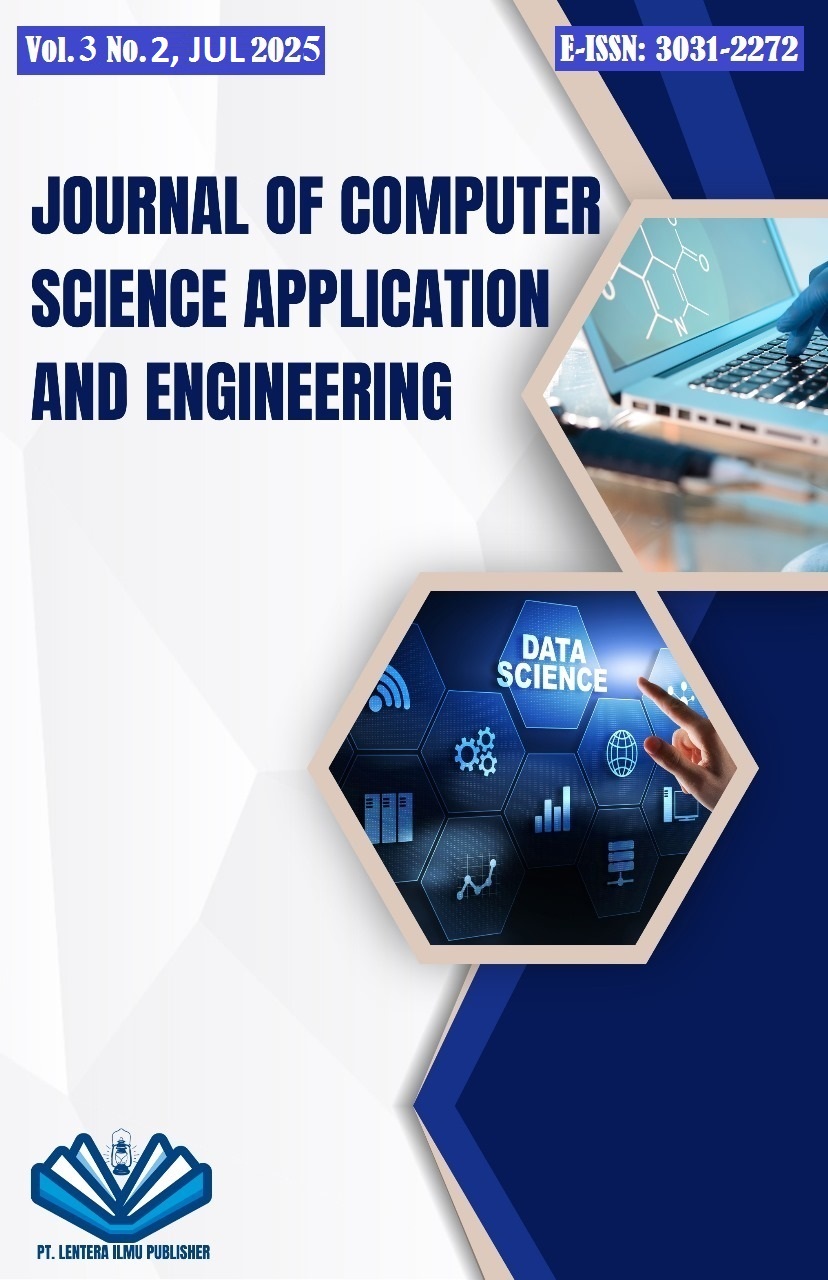Ensuring Data Privacy in the Age of Artificial Intelligence
DOI:
https://doi.org/10.70356/josapen.v3i2.66Keywords:
Artificial Intelligence, Data Privacy, Personal Data Protection LawAbstract
This study explores the intersection of data privacy and artificial intelligence (AI) within the context of Indonesia’s evolving digital landscape. As AI technologies become increasingly embedded in key sectors such as healthcare, finance, education, and public services, the need for robust data protection mechanisms grows more urgent. The 2022 enactment of Indonesia’s Personal Data Protection (PDP) Law marks a significant step toward safeguarding individual privacy rights and regulating the use of personal data in AI systems. However, challenges remain in ensuring compliance with legal principles such as transparency, purpose limitation, and user consent, especially as many AI models operate as opaque "black boxes." Through a comparative analysis of global data privacy regulations—including the GDPR, CCPA, and PIPL—this study highlights international best practices and their relevance to AI governance. A conceptual framework is presented to illustrate the foundational principles necessary for aligning AI development with data privacy standards. The study concludes by emphasizing the importance of a harmonized, ethics-driven regulatory approach that supports responsible AI innovation while protecting individual rights. Stronger collaboration among government, industry, and civil society is essential to achieving a secure, trustworthy, and inclusive digital future for Indonesia.
Downloads
References
A. Bin Rashid and M. A. K. Kausik, “AI revolutionizing industries worldwide: A comprehensive overview of its diverse applications,” Hybrid Adv., vol. 7, no. July, p. 100277, 2024, doi: https://doi.org/10.1016/j.hybadv.2024.100277.
F. Buonocore, M. C. Annosi, D. de Gennaro, and F. Riemma, “Digital transformation and social change: Leadership strategies for responsible innovation,” J. Eng. Technol. Manag. - JET-M, vol. 74, no. July, p. 101843, 2024, doi: https://doi.org/10.1016/j.jengtecman.2024.101843.
V. Kumar, A. R. Ashraf, and W. Nadeem, “AI-powered marketing: What, where, and how?,” Int. J. Inf. Manage., vol. 77, no. December 2023, p. 102783, 2024, doi: https://doi.org/10.1016/j.ijinfomgt.2024.102783.
X. Yue, H. Li, and L. Meng, “AI-based Prevention Embedded System Against COVID-19 in Daily Life,” Procedia Comput. Sci., vol. 202, pp. 152–157, 2022, doi: https://doi.org/10.1016/j.procs.2022.04.021.
F. Hussain et al., “A smartphone accelerometer data-driven approach to recognize activities of daily life: A comparative study,” Smart Heal., vol. 30, no. July, p. 100432, 2023, doi: https://doi.org/10.1016/j.smhl.2023.100432.
M. E. Ahmed, H. Yu, M. Vassallo, and P. Koufaki, “Advancing real-world applications: A scoping review on emerging wearable technologies for recognizing activities of daily living,” Smart Heal., vol. 36, no. March, p. 100555, 2025, doi: https://doi.org/10.1016/j.smhl.2025.100555.
M. Ghosh, “Decoding user readiness for sustainable AI adoption: A behavioural approach through technology readiness segmentation (TRS),” Sustain. Futur., vol. 10, no. July, p. 100951, 2025, doi: https://doi.org/10.1016/j.sftr.2025.100951.
M. Javaid, A. Haleem, S. Rab, R. Pratap Singh, and R. Suman, “Sensors for daily life: A review,” Sensors Int., vol. 2, no. July, p. 100121, 2021, doi: https://doi.org/10.1016/j.sintl.2021.100121.
K. M. Miller, K. Lukic, and B. Skiera, “The impact of the General Data Protection Regulation (GDPR) on online tracking,” Int. J. Res. Mark., no. xxxx, 2025, doi: https://doi.org/10.1016/j.ijresmar.2025.03.002.
D. A. Tamburri, “Design principles for the General Data Protection Regulation ( GDPR ): A formal concept analysis and its evaluation,” Inf. Syst., vol. 91, p. 101469, 2020, doi: https://doi.org/10.1016/j.is.2019.101469.
D. Bounie, A. Dubus, and P. Waelbroeck, “Collecting and Selling Consumer Information : Selling Mechanisms Matter ∗,” Int. J. Ind. Organ., p. 103185, 2025, doi: https://doi.org/10.1016/j.ijindorg.2025.103185.
O. Haggag, A. Pedace, S. Pan, and J. Grundy, “An analysis of privacy regulations and user concerns of finance mobile applications,” Inf. Softw. Technol., vol. 184, no. April, p. 107756, 2025, doi: https://doi.org/10.1016/j.infsof.2025.107756.
J. R. Saura, V. Škare, and D. O. Dosen, “Is AI-based digital marketing ethical? Assessing a new data privacy paradox,” J. Innov. Knowl., vol. 9, no. 4, 2024, doi: https://doi.org/10.1016/j.jik.2024.100597.
Z. Garroussi, A. Legrain, S. Gambs, V. Gautrais, and B. Sansò, “A systematic review of data privacy in Mobility as a Service (MaaS),” Transp. Res. Interdiscip. Perspect., vol. 31, no. March 2024, 2025, doi: https://doi.org/10.1016/j.trip.2024.101254.
M. Basha and G. Rodríguez-Pérez, “Trust, transparency, and adoption in generative AI for software engineering: Insights from Twitter discourse,” Inf. Softw. Technol., vol. 186, no. September 2024, p. 107804, 2025, doi: https://doi.org/10.1016/j.infsof.2025.107804.
C. Fontes, E. Hohma, C. C. Corrigan, and C. Lütge, “AI-powered public surveillance systems: why we (might) need them and how we want them,” Technol. Soc., vol. 71, no. May, p. 102137, 2022, doi: https://doi.org/10.1016/j.techsoc.2022.102137.
Downloads
Published
How to Cite
Issue
Section
License
Copyright (c) 2025 Yatama Zahra

This work is licensed under a Creative Commons Attribution-ShareAlike 4.0 International License.










